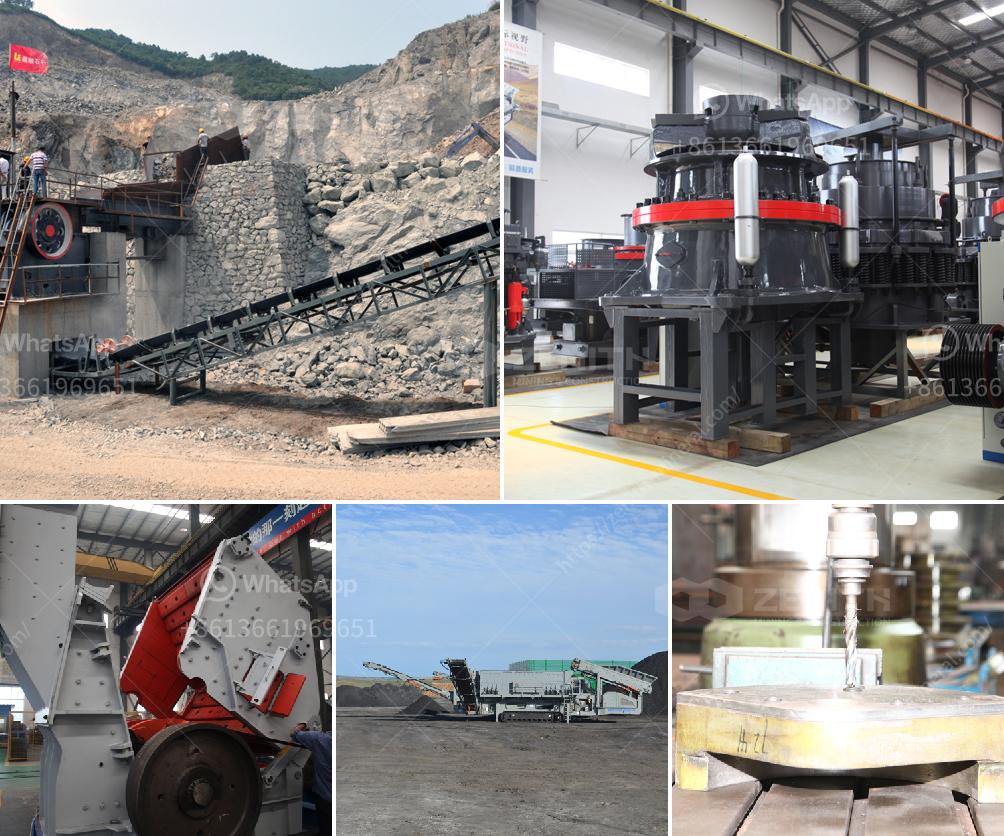Selecting a ball mill involves several considerations to ensure that the equipment meets the specific needs of your project. Here are some key factors to consider:
-
Material to be Grinded:
- Understand the properties of the material (e.g., hardness, abrasiveness, moisture content).
- Determine if the material needs to be wet or dry milled.
-
Capacity:
- Estimate the required capacity in terms of the mass (or volume) of material to be processed per unit of time.
- Ensure the ball mill has the appropriate size and capacity to meet these requirements.
-
Size Reduction Requirements:
- Define the desired final product size or the level of fineness needed.
- Choose a ball mill with suitable dimensions and design to achieve the specific fineness levels.
-
Feed Size:
- Assess the maximum feed size the mill can handle without compromising efficiency.
- Ensure your raw material pre-processing aligns with the mill's capabilities.
-
Mill Speed:
- Consider the critical speed of the ball mill (the speed at which the centrifugal force equals the gravitational force at the mill shell's inside surface).
- Higher rotational speeds may lead to more efficient particle size reduction.
-
Liner and Grinding Media:
- Consider the type and material of liners and grinding media, which can affect the milling process and the mill’s maintenance requirements.
- Opt for materials that minimize contamination and wear.
-
Energy Consumption:
- Assess the mill's energy efficiency and power consumption.
- Energy-efficient mills can reduce long-term operational costs.
-
Operational Environment:
- Understand the specific environmental conditions where the mill will operate (e.g., temperature, humidity).
- Ensure the mill design and materials can withstand these conditions.
-
Ease of Maintenance:
- Opt for a mill with a design that facilitates easy maintenance and replacement of parts.
- Consider the availability of spare parts and the manufacturer's support network.
-
Cost:
- Evaluate both the initial investment and the ongoing operational costs (including maintenance, energy consumption, and consumables).
-
Manufacturer Reputation and Support:
- Choose a ball mill from a reputable manufacturer known for quality and reliability.
- Consider the availability of technical support and after-sales service.
Taking the time to assess these factors carefully will help you select a ball mill that best suits your needs and ensures efficient and effective operation.


